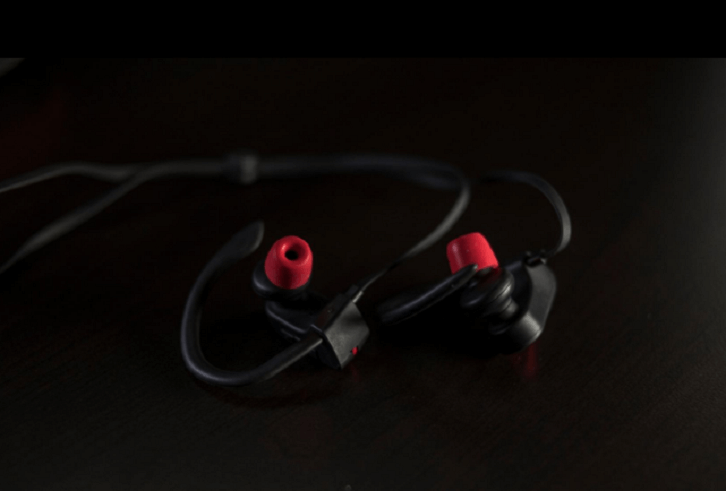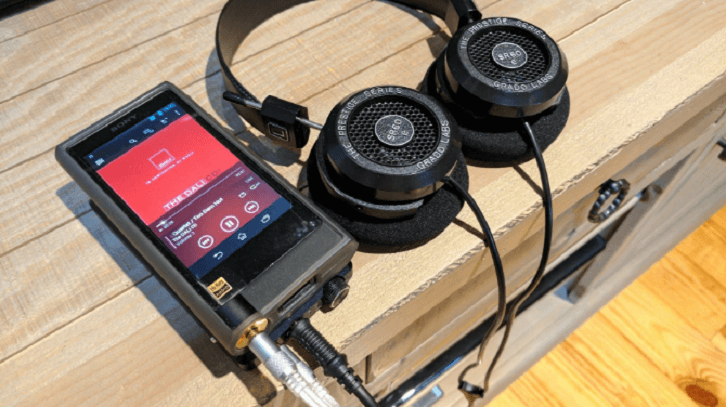How to Charge AirPods Without a Case
Discover the truth about how to charge AirPods without a case. Uncover myths, find alternatives, and safeguard your audio experience.
In-ears, on-ears and over-ears, these are three different headphone sizes in the market. Each headphone design/size comes with both its advantages and disadvantages.
When choosing which headphone fit is right for you, you should weigh the pros and cons of each type against your own preferences and needs.
When it comes to choosing the right one for you, understanding the general differences between in-ear, on-ear and over-ear headphones is one of the first steps when it comes to headphone shopping.
In this article, am going to delve deeper into each headphone fit to help you make an informed decision. You can also check out our headphone buyer’s guide and plenty of our headphone reviews to get started on the right foot.
Also known as in-ears, earbuds, canal phones, earphones or IEMs, this coupling method between the headphone and the ear gives much more presentation. Regardless of the many names given to this type of headphones, their ability to fit inside your ear and provide a complete or partial seal are vital issues that affect their performance.
In-ear headphone models are the smallest of all headphone sizes and also come at relatively low prices. In this era of smartphones, you will most likely get a pair of these small headphones inside the box when you buy a new phone.

Senso Bluetooth headphones
Due to their miniaturized size, in-ears can fit perfectly into the ear canal much like earplugs. Because of this IEMs provide the best isolation, part of the reason so many musicians wear in-ear monitors while performing live. There are some however that fit shallower into the ear but will still deliver a reasonable degree of noise-blocking effect.
Like most people, I prefer these headphones due to their portable and discreet nature. I can have them on while walking down the streets, tuck the cables underneath my sweater and most people would not notice.
Over the years, much to the growing popularity, in-ear headphones have also seen improvements in their sound quality. Though they will not sound as good as on-ear and over-ear headphones, they are still growing.
Recently, the first in-ear wireless planar magnetic headphone, the CL2 planar by RHA, was launched into the market. I am yet to get my hand on these cans. But this is an indication of the growing in-ear headphone sector.

Due to the advance in technologies and design, in-ear headphones can further be classified into the following categories:
1. Conventional Earbuds
2. In-Ear Monitors
3. In-Ear Canalphones
Portability
According to Tech Wizard, In-ear headphones are incredibly portable. Because of their driver size and small enclosures, these small headphones can even fit inside your pocket. For frequent travelers having these headphones comes as an advantage.
When it comes to sports, in-ear headphones are the most preferred. Unlike the typical in-ear headphones, different ones are specifically designed for sporting activities. These will come with added features such as a step counter, heart rate monitor and much more.
Comfort
Concerning comfort, I would give In-ear headphones an average score. After wearing them for extended periods, my ears start to feel sore. Although this can be minimized by taking breaks when using them, for a person in a long flight, these would not be ideal.
To improve the comfort of in-ear headphones, you can try swapping the silicone earbuds with memory foam earbuds. Memory foam is known for adjusting itself under pressure. So, unlike the standard silicone earbuds, it will not exert much pressure on the ear’s canal.
Sound quality
Due to the price tags that these headphones have, most in-ear headphones will sound average, add a few bucks and you can expect better-sounding headphone. There are plenty of fantastic in-ear headphones available such as the Sony MDRXB50AP that boasts extra bass or the 1More Triple Driver which retail under $100. You will opt for these if you want good sound in a small and portable package.
Also referred to as on-ears, these are far less common. Instead of enclosing the entire ear, on-ear headphones will sit around your ears. Due to their size and capabilities, on-ears are the most versatile headphones around. When it comes to their pricing, they can drastically differ from cheap that sound okay to high ends that will blow your mind.

Grado SR60e on ear headphones
While these might not be as discreet and portable as in-ear headphones, they come in relatively compact designs and are not too bulky to carry and move with them around.
For traveling, these would be ideal not only because of the weight but also because of their improved sound quality over the in-ears. If you are on a budget, an affordable pair such as the Grado SR60e (Open-back) would work better. If you are looking for a high-end model the Audeze SINE or the V-MODA XS would do the trick.
Portability
With foldable designs, on-ear headphones are as portable as they come. Though they are not small like in-ears, on-ear headphones are designed to be folded into compact designs so you can move around without worries.
Comfort
When it comes to comfort, on-ear are somehow balanced in between. While they do not go inside or sit on your ear canal as in-ears or get as hot as over-ears, they can make your ears sore due to the constant contact of the ear pads and the ear. Much worse, if your headphone has a high clamping force, it would not make it easier on your ears due to the high pressure exerted. But, overall, most on-ears are built to offer a comfortable listening experience.
Try adjusting the clamping force of your headphones or replacing your ear pads with thicker and softer pads to improve the comfort of the headphone.
Sound quality
Because of their designs, most on-ear headphones do not create a seal the way in-ear or over headphones do. Thus the sound reproduction of this type of headphone varies more on the product itself rather than the model.
Overall, the sound quality potential of on-ears will depend on the design and cost of the headphone. This is not to say you cannot get a cheaper on-ear headphone that sounds and feels comfortable.
Also known as Over-ear headphones, these types of headphones have their place to most audio enthusiasts out there and me. These are the name suggest, enclose your ears entirely with large ear cups that are well padded.

HIFIMAN SUNDARA Over-ear Full-size Planar Magnetic Headphones
They are big and bulky and are mostly meant to be worn at home. Though their size might make them look uncomfortable and bulky on your head, over-the-ear headphones are generally more comfortable than in-ears and on-ears.
Because of their larger size and increased power capacity, most of the circumaural cans also tend to offer better sound. Currently, in the headphone market, most of the high-end, best audiophile headphones tend to be over-ear headphones.
Portability
If you are looking for a portable headphone, over-ears should not be on your list. While some of them can fold into smaller pieces or even come with a travel case, portability is not their strong suit. OF all the three headphones types, Over-the-ear headphones are and largest making them least portable.
Comfort
Oversized and well-padded ear cups, a padded headband, these are some of the features that make these headphones the most comfortable. Though some can get pretty heavy, their construction and materials evenly distribute the weight to avoid hotspots on your head. Just know that some kinds of over ear headphones can be a bit uncomfortable with glasses if worn for too long (see our guide to help with that).
Sound quality
Over-ear cans have large drivers, because of this; they end up reproducing the most extensive frequency ranges among the three headphone fits. From the tight deep bass to the silky smooth highs, reproduction of sound in these cans is desired by many.
Due to their large ear cups, your ears wholly enclosed inside thus giving you good isolation (Unless they are open) from the outside world.
Which type of headphone fit do you prefer?
In-ears are perfect if you are a person who prefers a lightweight and portable solution. On-ears are much more general and do not offer any unique advantages over the in-ears or over-ear headphones. Over-ears might be big and bulky, but they are the best sounding and most comfortable headphones out there.
Over to you now, tell us which is your favorite type of headphone fit and why in the comments below!